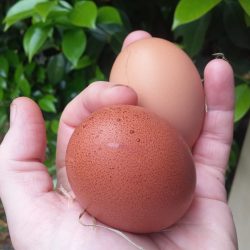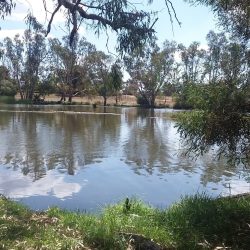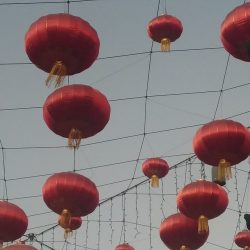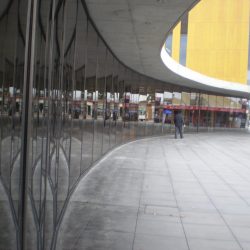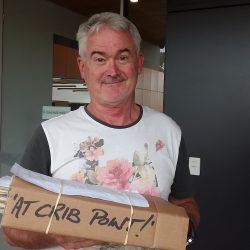Blog
Editing fiction and non-fiction: a comparison
The purpose of editing any publication, whether standard non-fiction or fiction/creative non-fiction, is to make the corrections needed to ensure the writer's intended meaning, story and voice, are...
“Rough” copy editing explained
Copy editing is the final stage of editing prior to the graphic design stage. Copy editing comprises: the "rough" copy edit (sometimes referred to as the first pass of the copy edit, or the...
Structural or developmental editing – what is it?
Once a manuscript has been written and self-edited by the writer to the stage where they feel they can't improve it any more themselves, it needs to be edited by a professional editor. Structura...
Do you have what it takes to be a good proofreader?
To proofread at the high level needed for publications, a proofreader must have: a keen eye for detail and the ability to notice tiny errors training as an editor or proofreader; i.e. excel...
Increased learning opportunities for rural and remote Australians since COVID-19
One of the positive responses to COVID-19 was the immediate and widespread use of online platforms (Zoom, Webex, Whats App, GoogleTeams etc.) for workshops, seminars, meetings and discussions. T...
Editing: how to make your book more accessible to people with reading difficulties
This article is about editing and producing publications in a way that makes them more accessible to people who have reading difficulties caused by dyslexia, limited literacy, or other conditions o...
Why network with industry colleagues?
Some of the benefits of investing your time and energy in networking with your industry colleagues are: you will learn and keep up-to-date about industry developments you will be given oppo...
About on-site editing courses in Australia
Many institutions in Australia offer on-site degrees, diplomas and certificates in editing. University and TAFE courses tend to be higher cost and their courses are nationally recognised. Award ...
Self-publishing case study: the path from handwritten MS to ‘printer stage’
This detailed case study is about a manuscript (MS) written by Michael Cusick in 2017-18, that was typed, edited and designed by On Time Typing, Editing and Proofreading, and self-published in mid-...
Writers and editors: symptoms of vicarious trauma
Writers and editors who work with traumatic material (i.e. stories involving descriptions of traumatic events) can suffer 'vicarious trauma'. That is, although they are not the victim of the trauma...


